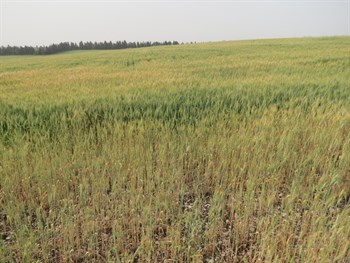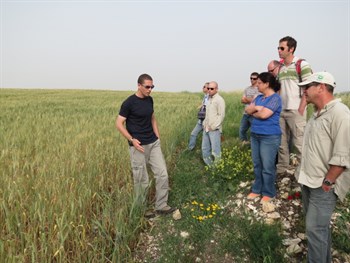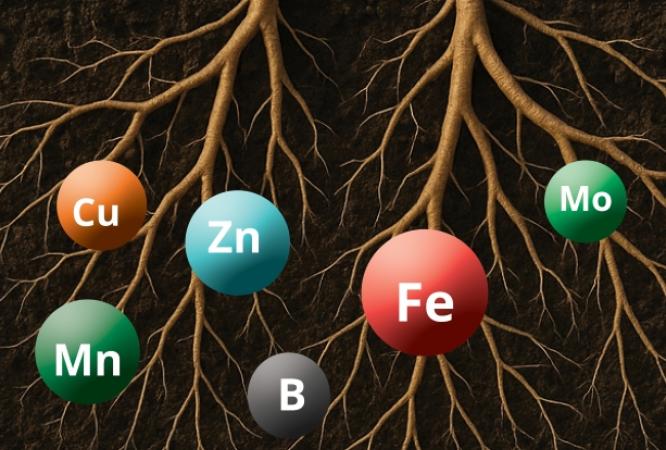Using controlled released fertilizers for no-till farming can reduce the effect of fertilizer runoff, thus reducing the possibility of environmental damages

Three stories were reported lately about the negative effects on the environment, caused by runoff from fertilizers in the Gulf of Mexico (https://bit.ly/172WwBT), Lake Erie (https://bit.ly/15M8W1f) and Florida. One hypothesis to explain the increased incidence of the algae bloom phenomena was the increasing number of farmers using no-tillage practice.
No-till farming is a method of planting (seeding) crops into untilled soil by opening a narrow slot or trench only of sufficient width and depth to obtain proper seed coverage. Since the lack of tillage for fertilizer incorporation and accumulation of crop residues on the soil, the fertilizers can be washed from the field in the case of heavy rain.
Controlled release fertilizers are an excellent solution for no-till fields. The fertilizer coating enables to insert the fertilizer directly into the seeding trench without causing burn to the seeds, using a no-till sowing machine that separates between the seeds and the fertilizer in the trench. This way, no other tillage is needed to incorporate the fertilizers into the soil.
We recently visited a no-till wheat field on Mount Carmel, where we are conducting a controlled release fertilizers field trial. This field used to suffer from runoff of fertilizers in heavy rain events, because the field is located on a steep slope. We visited the field a month before the harvest, and we were impressed with the good results of the experiment. Despite the large amounts of rain that fell in this area, there was no need for supplemental fertilizer application.
This trial shows again the possibilities of using controlled release fertilizer in areas with special environmental needs.
Read my previous post: "So what is the future of chocolate?" - https://bit.ly/18vtMRl





